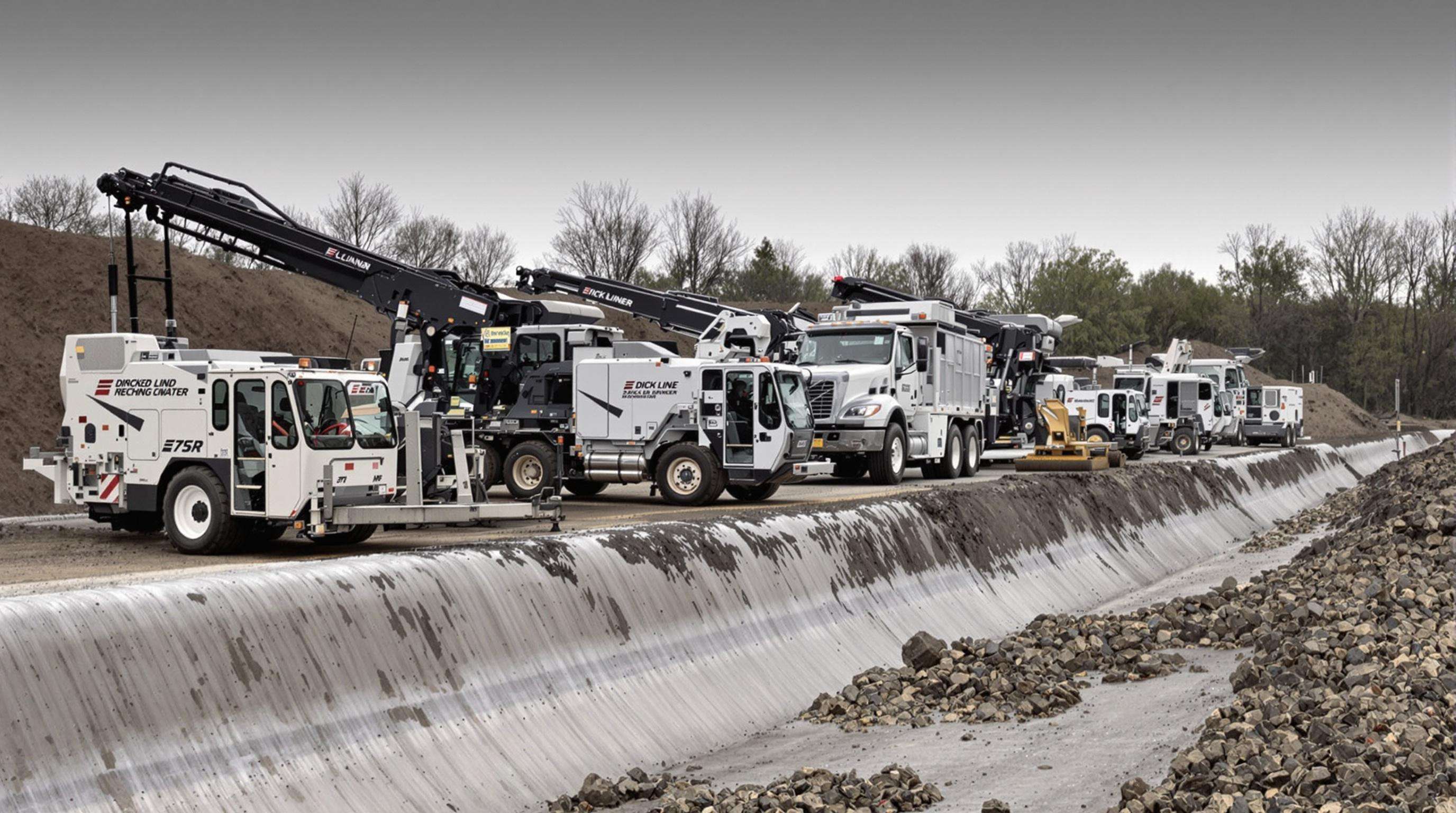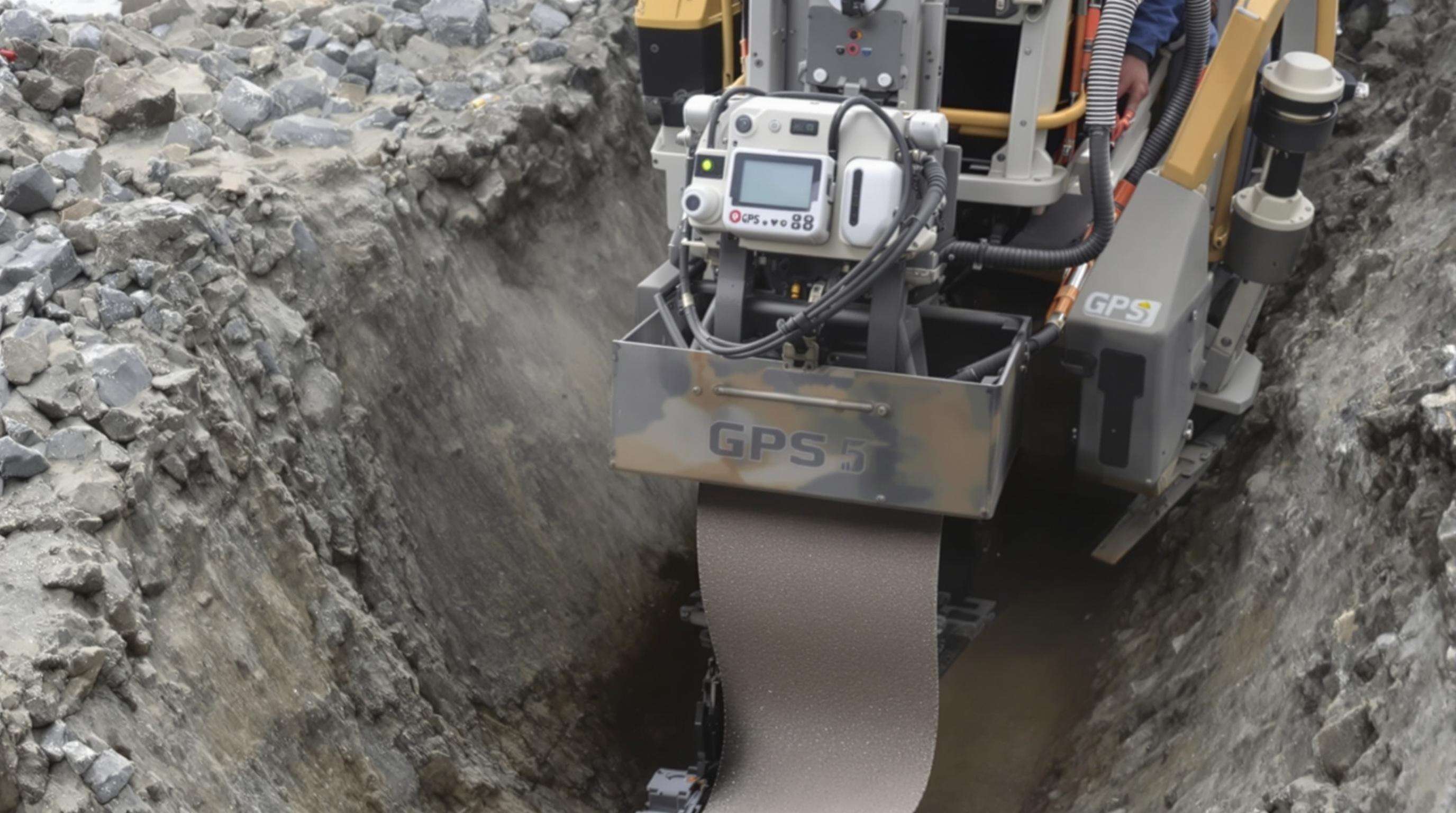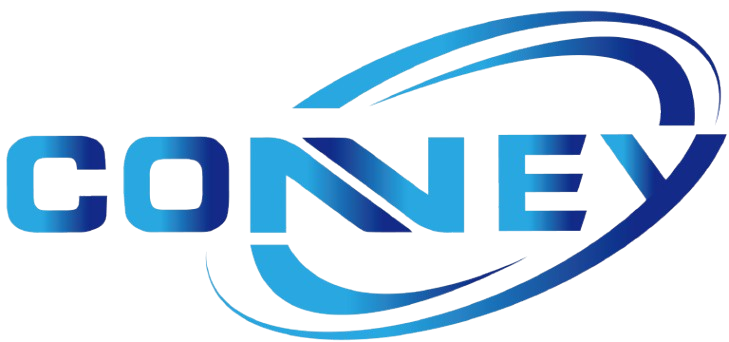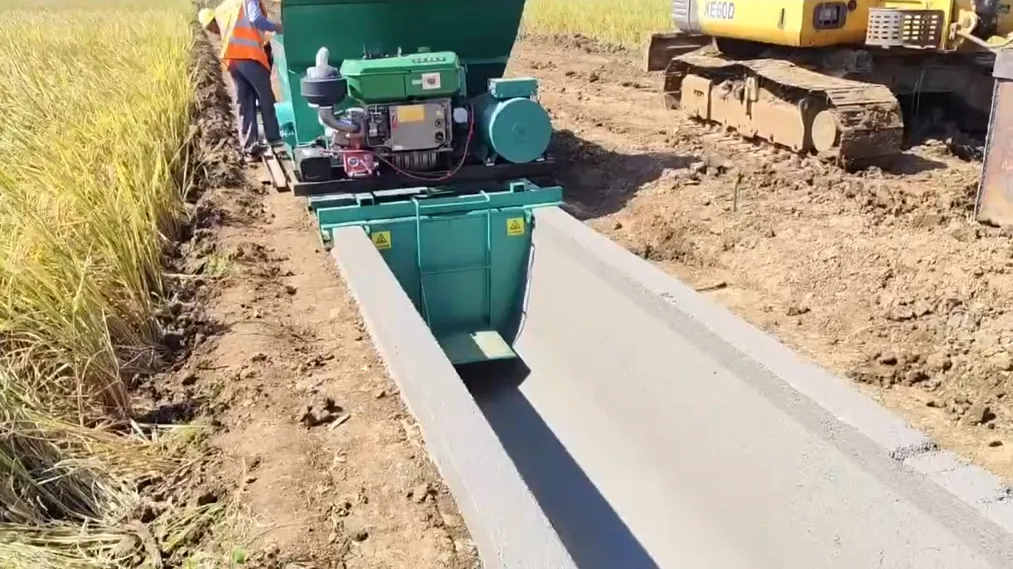Canal vs. Trench: Key Differences in Ditch Lining Machine Needs
Lining machinery should be chosen based on whether you're working in a canal or trench, since the operational needs are extremely different. “Trenching” is usually only a utility/drainage word, which carries with it the need to also properly backfill a small/tight area. Little machines are nice here, produce little disturbance of the surface, and set the linings with precision. Canals, in contrast, are large open-channel water conveyance systems that require larger-scale equipment to bend material over wider radii, with thicker lining materials, and for larger projects. Soil pressure is also different: trenches require rigid liners that have very high crush resistance, and canals require continuity over wide ground movements. Those differences in turn required equipment configurations, such as hydraulic extended reach and liner deployment systems.
Assessing Project Dimensions and Depth Specifications
Determination of ditch size is very important for proper equipment selection. Digging depth – Relates to stabilizer needs—In general excavations over 8 feet require longer booms and counterweight systems for soil retention and to prevent cave-ins. Width is a factor in maneuverability:entrenching projects less than 3 feet wide can benefit from swing-boomboom configuration that turns inside the trench, reducing the downtime between maneuvering. Length also plays a role in productivity planning; linear foot calculations (with number of turns and elevation change factored in) decide if track-mounted trenchers or wheeled slip-form pavers will provide faster cycle times. Be sure always to allow clearance tolerances in order to have machinery working within space parameters and fit the liner overlap criteria.
Material Compatibility Requirements for Liners
Machines must be compatible with liner materials to guarantee the integrity of the installation. Voids need to be eliminated by high-pressure spraying system and by vibration compacting attachment on concrete matrices. Synthetic liners such as HDPE liners require temperature regulated feed mechanisms to prevent thermal bristling during deployment. Abrasive geo-textiles require non-metallic feed rollers to avoid hang-ups. Soil interactions further complicate selections:
| Material | Machine Adaptation | Critical Feature |
|---|---|---|
| Bentonite Clay | Hydraulic compaction modules | Moisture retention sensors |
| PVC Membranes | Low-friction unrollers | UV-shielded deployment |
| Reinforced Concrete | Pump capacity | Automated joint-spacing systems |
Testing liner-supplier specifications against machine capabilities prevents costly material waste from misalignment.
Ditch Lining Machine Types: Capabilities and Applications

Selecting appropriate equipment requires understanding key machinery categories, which balance power with precision in liner installation.
High-Capacity vs. Compact Ditch Lining Equipment
In larger projects the high-capacity machines perform well and site drainage systems and irrigation schemes can be conducted at a peaceful pace, all due to hydraulic trench digging capability. Narrower footprints also allow equipment to work efficiently in restrictive spaces such as residential drainfields or utility repairs with minimal disruption to existing soil in an environment that would be impossible for larger equipment. High-output machines can process 150+ linear feet per hour, compared with 50 feet for smaller units—an important consideration when time is of the essence.
Tracked vs. Wheeled Machine Mobility Features
Tracked options give a more stable base for use on rough ground or wet ground by distributing the weight over a larger surface area – reducing the likelihood of slippage. Wheeled versions provide high speed, over-the-road transit capabilities between jobsites and better flotation than track machines to get those jobs done in harder-to-reach areas. Wheels are preferred for users who require frequent relocation capabilities, steep-slope applications require tracks for more controllable movement.
Attachment Systems for Multi-Functional Operations
New machines include standardized quick-coupling interfaces to change tools such as a backhoe, compactor, or grading blade within a few minutes. This flexibility turns purpose-built trenching machines into multi-function machines, which is especially useful for operations that are staged (i.e. excavation followed by base and lining). Operators save on the rental of dedicated machines by using these versatile systems.
Soil and Subgrade Conditions Impacting Ditch Lining Machine Performance
Soil Type Analysis for Machine Stability Requirements
Sandy subgrades with clay content fewer than 15% need wider tracks Shoes additional counterweights to floating, and rocky subgrades need heavy-duty equipment to resist impact loads. They are generally cohesive soils which have potential ratings to 89% in dry condition, and require a complete monitoring during rainy days to prevent the sudden collapse in the bearing capacity. In case of loam soils, siow sensors allow operators to adapt settings in real-time, and keep the contact pressure constant between 25-40 psi.
Moisture Content Challenges in Trenching Efficiency
Wet soil, for example, can have its shear strength reduced by as much as 60% and operators are forced to restrict machine loading or employ drainage procedures prior to lining activities. On the other hand, driest conditions below 5% moisture saturated encountered by standard compaction methods force the use of forced water injection attachments to achieve liner adherence. In-field moisture sensors that provide feedback in real time allows crews to make adjustments during 15-minute operating windows, ensuring effective seeding despite changing weather. Field data indicate that moisture management practices can reduce machine idling time a 37% in difficult soils.
Technological Advancements in Modern Ditch Lining Machines

GPS-Guided Alignment Systems for Precision Installation
Contemporary trench-line laying machines are able to precisely follow laid on the ground, up to 2 cm, thanks to their GPS-guided mm-accurate controls. These systems use instantaneous topographic data to automatically correct the position of the machine, reducing the need for manual stakeout work. GPS enabled machine contractors have decreased the costs of rework by 34% over conventional rework costs, especially with major irrigation fields, needing precise slope measurements.
Automated Material Feed and Liner Deployment
Sophisticated handling systems guarantee rods are placed perfectly in all ditch shapes. Automated feed mechanisms adjust deployment speed according to ground conditions to maintain tension for 10-mm polymer sheets up to re-inforced concrete panels. This design automation results in a 18-22% reduction in material wastage and also supports complex delivery patterns such as helical wrapping in the curved canal sections.
Real-Time Sensor Integration for Quality Control
Multi-spectral sensors monitor three critical parameters simultaneously:
- Liner thickness variance (±5%)
- Subgrade compaction levels (minimum 90% Proctor density)
- Seam overlap accuracy (≥15 cm for geosynthetics)
Instantaneous data feedback allows operators to correct installation flaws mid-process, reducing post-construction repair needs by 41% according to recent field trials. This integration is particularly valuable in contaminated soil environments where manual inspections pose safety risks.
Ditch Lining Machine Selection Cost Analysis
Performing a thorough cost-benefit analysis ensures optimal resource allocation and prevents budget overruns. Improper equipment selection accounts for 38% of project cost escalations in hydraulic engineering projects requiring ditch lining.
Rental vs. Purchase: Total Ownership Cost Calculations
Rentals generally include an hourly operation fee of $125-$200 per hour while eliminating maintenance and depreciation risks. It then becomes possible to justify purchase of compact ditch lining machine($55-85k) for long-term use, while achieving ROI’s around one and a half to two years following 18-24 months of stretched use. Insurance, storage, and residual value projections at ±15% original cost are also to be considered when weighing models.
Fuel Efficiency and Maintenance Cost Projections
Operational expenditures hinge critically on equipment dynamics:
- Diesel-powered tracked units average 3.5-4.2 gallons/hour during trenching versus wheeled electric alternatives at 18-22kWh/hour
- Hydraulic system maintenance cycles shorten by 40% in abrasive soils, increasing annual upkeep costs by $3.2k-$5.7k
- Undercarriage replacements for tracked ditch lining machines occur 2.3x faster in saline environments
ROI Considerations for High-Tech Features
While GPS-guided automation systems add $20-$40k to equipment prices, they yield measurable productivity dividends:
- Alignment precision reduces relining labor by 65%
- Liner material wastage drops from industry averages of 12% to under 4%
- Sensor-driven quality control decreases post-installation repairs by 80% within 3-year horizons
Projects deploying such features typically achieve breakeven in under 14 months when handling ≥5 miles of ditch lining operations annually.
Case Study: Optimizing Ditch Lining Machine Selection for Arid Regions
Geographical Adaptability of Trenching Equipment
Dry regions call for a different type of trenching machine that can withstand the heat and the harsh sandy soil. In this environment, nimble, tracked ditch liners with desert-rated hydraulic systems are invaluable—keeping them mobile in loose sand without cutting up the ground. Connectivity enabled IoT portable environmental monitoring systems adapted to trenching equipment, delivering an automation of dust suppression thanks to real-time particulate sensors and automatic water spraying lowers the dust footprint by 45%. This technological addition permits real-time adjustments in liner placement depth in response to observed variation in soil density in caliche interbedded strata.
Key adaptability features include:
- Sealed bearing systems to prevent sand ingress in moving parts
- Radiator configurations with 30% increased airflow for engine cooling
- GPS-guided grading blades that compensate for frequent windborne sediment accumulation
Lessons Learned from Extreme Weather Operation
The present study compares the performance of two heat adapted designs to a heat no-adapted design.Conclusions Prolonged exposure to heat in arid climates increased early polymer-based liner material wear and reduced hydraulic effectiveness by 12–18% in non-adapted systems. Field studies showed that trench depths deeper than 2.5m require active thermal control (i.e. reflective liner coatings, shadedoperator cabins) to maintain OSHA-compliant work conditions. Micro-terracing shapes based on natural water capture patterns of native drought-resistant plants have resulted in a 266% increase in plant recovery after construction.
Critical operational insights:
- Daily equipment performance degrades 22% faster in UV-intensive zones without ceramic-coated exhaust components
- Sandstorm protocols must integrate inertial measurement units (IMUs) to auto-level machines during sudden visibility loss
- Night operations using thermal imaging systems reduced water consumption by 35% compared to daytime workflows
This data-driven approach underscores the necessity of matching machine specifications to microclimate challenges while prioritizing modular designs for rapid component swaps during extreme weather events.
FAQ
What are the key differences between canal and trench ditch lining needs?
Canals are large open-channel systems requiring larger equipment and thicker linings, whereas trenches are small and demand precision with rigid liners for high crush resistance.
How do soil and subgrade conditions affect ditch lining machine performance?
Sandy and rocky subgrades need equipment that can handle impact loads and distribute weight. Slippery conditions or wet soils reduce machine stability and efficiency.
Why is GPS-guided alignment important for ditch lining machines?
GPS systems enhance precision by reducing the need for manual stakeout work and correcting machine positions automatically, cutting rework costs significantly.
What factors should be considered in the cost analysis for ditch lining machine selection?
Consider total ownership cost, fuel efficiency, maintenance costs, and ROI for high-tech advancements such as GPS-guided systems.
Table of Contents
- Ditch Lining Machine Types: Capabilities and Applications
- Soil and Subgrade Conditions Impacting Ditch Lining Machine Performance
- Technological Advancements in Modern Ditch Lining Machines
- Ditch Lining Machine Selection Cost Analysis
- Case Study: Optimizing Ditch Lining Machine Selection for Arid Regions
-
FAQ
- What are the key differences between canal and trench ditch lining needs?
- How do soil and subgrade conditions affect ditch lining machine performance?
- Why is GPS-guided alignment important for ditch lining machines?
- What factors should be considered in the cost analysis for ditch lining machine selection?




